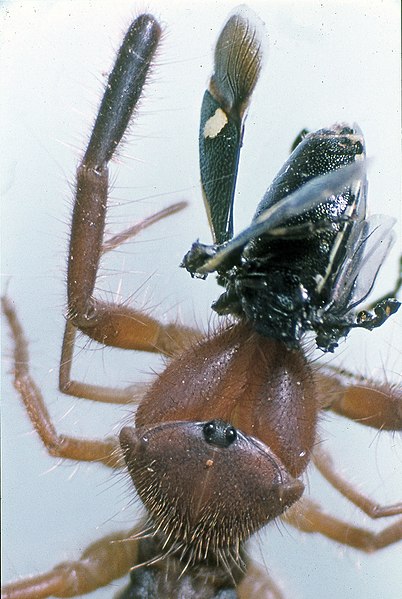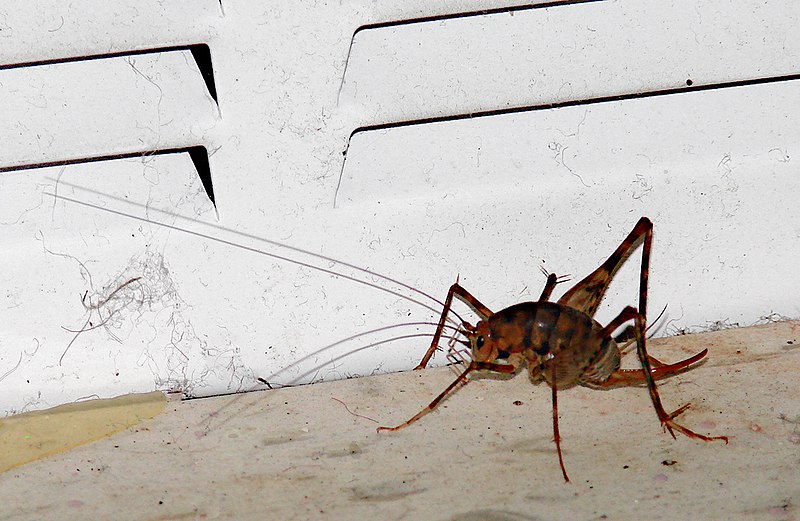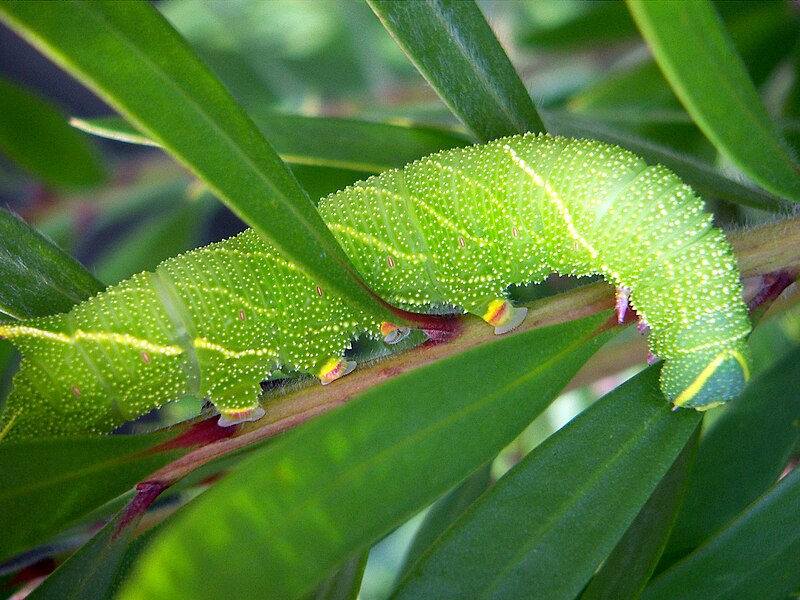 Herp and invertebrate enthusiasts are never at a loss for frightening, even “ghoulish” (to “regular” people) stories. With Halloween just around the corner, I’d like to highlight some creatures whose names or habits associate them with this holiday. Some, such as Thailand’s fanged, bird-eating frog and the skin-feeding Caecilian, are relatively new discoveries. I’ve taken the liberty of extending beyond our usual subjects to include a parrot-eating bat and the well-named Goblin Shark.
Herp and invertebrate enthusiasts are never at a loss for frightening, even “ghoulish” (to “regular” people) stories. With Halloween just around the corner, I’d like to highlight some creatures whose names or habits associate them with this holiday. Some, such as Thailand’s fanged, bird-eating frog and the skin-feeding Caecilian, are relatively new discoveries. I’ve taken the liberty of extending beyond our usual subjects to include a parrot-eating bat and the well-named Goblin Shark.
Halloween Crab, Gecarcinus quadratus
Bright orange color and brilliant “eye-spots” on a round carapace lend this crab a pumpkin-like appearance. Highly terrestrial, it lives along forest edges from Mexico to southern South America, returning to the sea only to reproduce. Studies have shown that Halloween Crabs recycle vast quantities of dead leaves, acting as the “earthworms” of their ecosystems.
I’ve kept Halloween Crabs in zoo exhibits for years, and couldn’t resist purchasing a few at a recent reptile expo. They make interesting terrarium subjects, and often give up their nocturnal ways to forage by day. Please post a comment below if you would like information on their care. Read More »
 That Reptile Blog – Reptile, Amphibian and Exotic Pet Care and Information
That Reptile Blog – Reptile, Amphibian and Exotic Pet Care and Information



